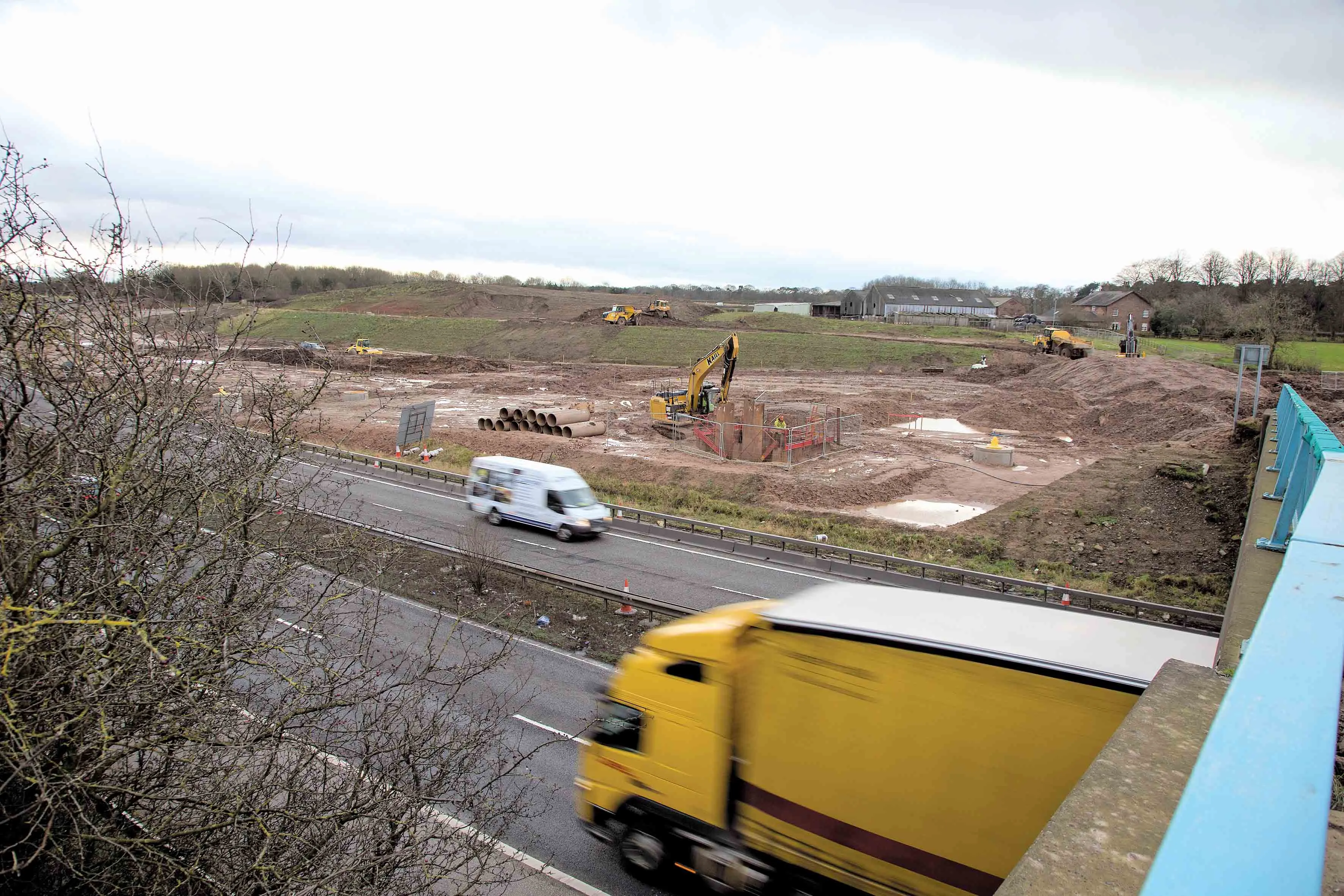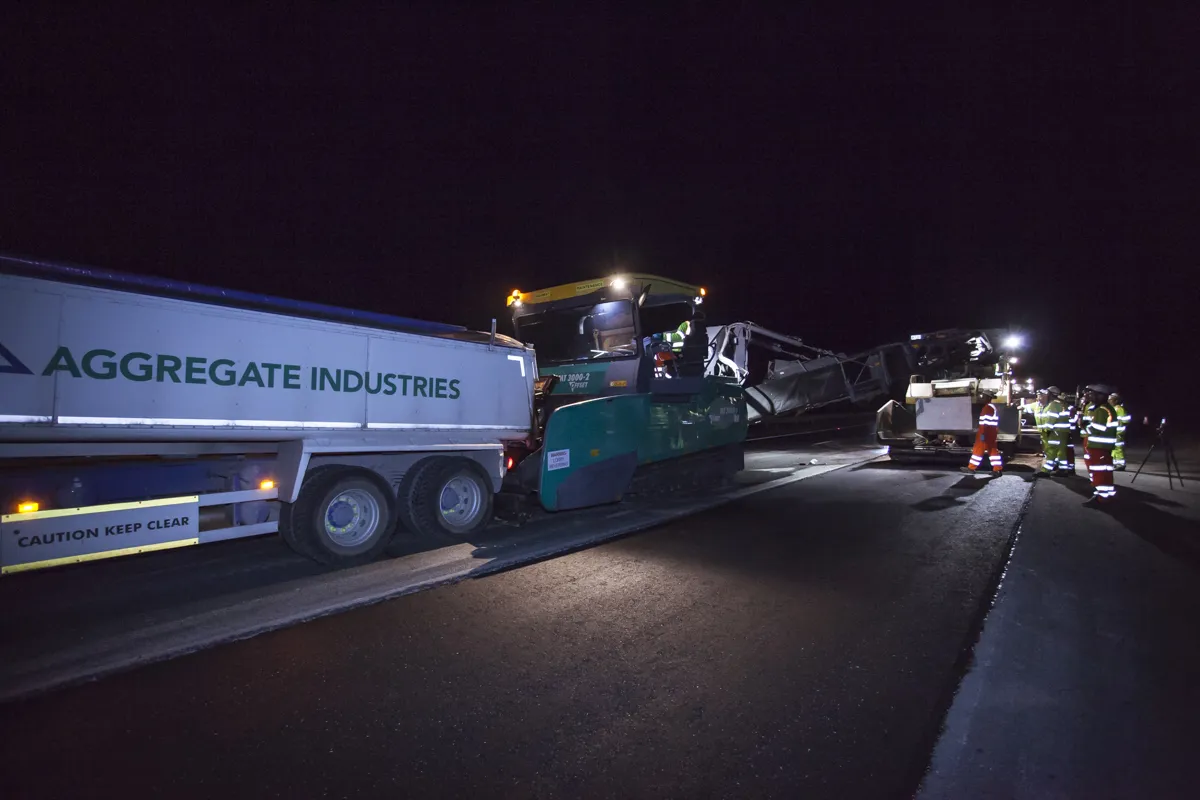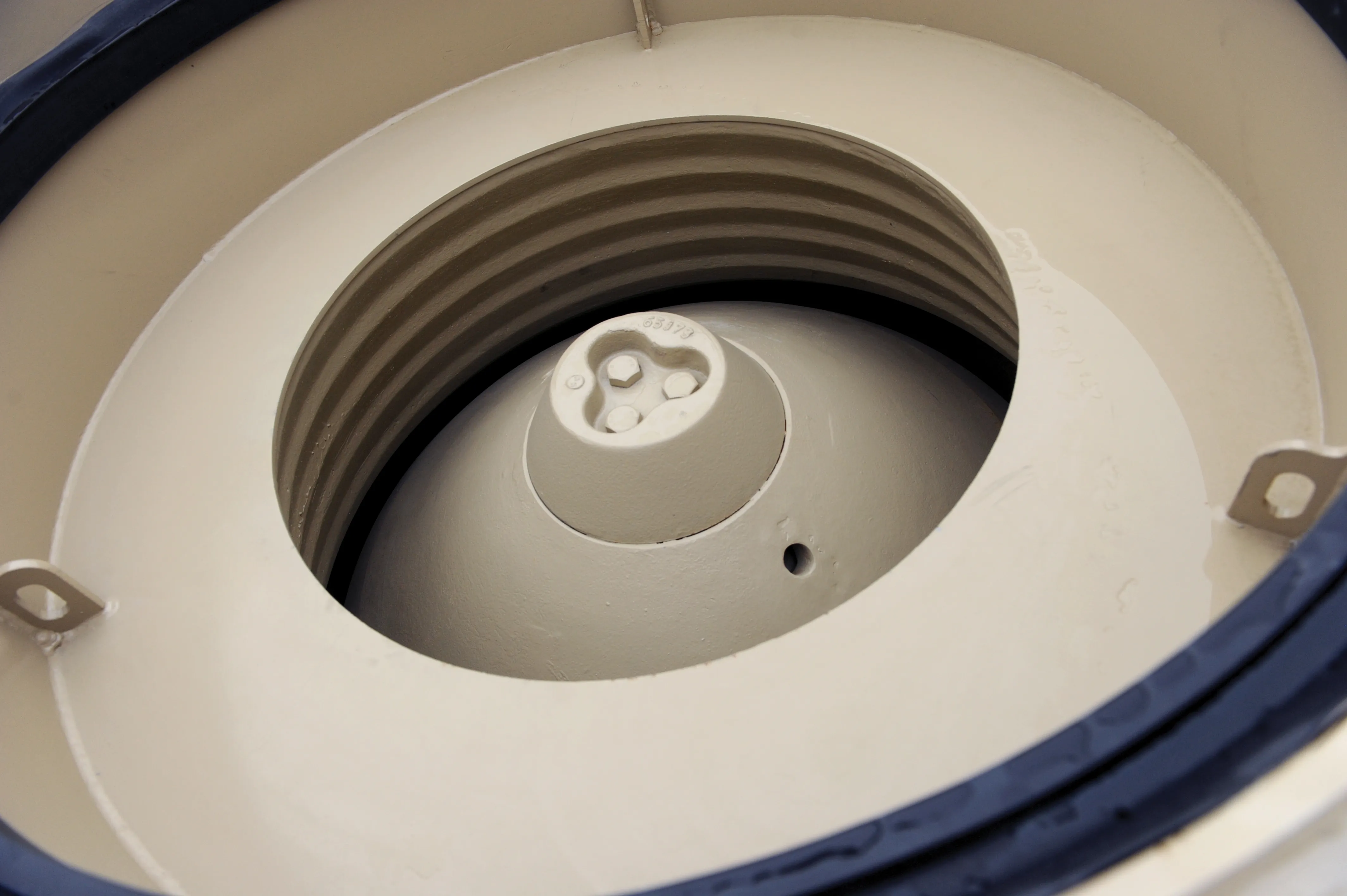
Recent trenchless installation of surface water drainage pipes was used underneath a UK road improvement scheme to allow highway upgrades to proceed unimpeded
The A556 Knutsford to Bowdon Improvement Scheme, being undertaken by
The 7.5km section will transform the A556 trunk road between the towns of Knutsford and Bowdon into a modern dual carriageway. Costain will also be making the existing A556 into a single carriageway road with facilities for pedestrians, cyclists and horse riders.
Costain again called in Chiltern Thrust Bore (CTB) to undertake both guided auger boring (GAB) and horizontal directional drilling of trenchless installations for various crossings beneath the new road section and under existing carriageways. All works have been undertaken using Costain’s main site compound in Altrincham as the works base.
CTB has used two European-manufactured GAB machines to install five crossings of varying diameter. Four of the crossings, for surface water drainage serving the new road, used 300mm, 450mm and 600mm diameter Naylor Vitrified Clay (VC) Denlok NC & NS jacking pipes as the product pipes.
The fourth crossing was completed using a
All of the crossings were between 40-80m in length.
“We have used the Naylor pipes all over the UK for many years,” said David Croot, project manager with CTB. “The jacking pipes are available in the diameters we need and when we need them. They also meet all requirements in terms of the structural strength for pipes running beneath the new roadway and the flow characteristics required for the drainage system. They marry well with the GAB systems we use and we have yet to experience any difficulties when using the Denlok pipe range which helps us meet our commitments to the main client Costain.”
The Denlok NS jacking pipe consists of a vitrified clay jacking pipe with parallel ends and a rebated accurate joint interface.
All the NS range of pipes consists of a coupling manufactured from 316 stainless steel, a LoknSlip seal and an MDF load transfer ring. Each pipe is supplied with all seals and a factory-fitted stainless steel sleeve with the thrust ring supplied separately in a cover to protect the material from the weather. The NS range is available in diameters from DN400 to DN1200.
Denlok pipes are also available in the NC range from DN150 to DN300 which consists of a vitrified clay pipe with parallel end faces and a square accurate machined seal interface. All pipes have a factory-fitted 316 stainless steel coupling which incorporates a moulded EPDM elastomer seal. Each seal has an integral EPDM thrust ring that transmits jacking forces during pipe installation. All elastomer conforms to the requirements of EN681 1.
By precision machining of the seal interface the coupling will with stand a 5 bar internal and external pressure, allowing installation below the water table and protection from lubrication systems during pipe installation.
There is also the Revit range in diameters from DN225 to DN500, which is a specially designed pipe for use by the 3-Pass Guided Auger Boring Installation Technique.
The DenChem Range comes in diameters from DN150 to DN300 which is designed for pipelines that operate at high temperatures, up to 130°C. The range is also fully resistant to alkaline and acid attacks from chemical effluent coming from process or cleaning operations. This makes the range suitable to the brewing, chemical, pharmaceutical, food and dairy processing industries.
Challenging conditions
However, ground conditions across the site varied greatly, from sands through soft clays to very hard/dense clays containing cobbles and boulders. Ground investigation comprised various techniques, including Trial Holes/Pits, Boreholes and Window Samples which included SPT Tests to get N-values and Undrained Shear Strengths to get Cu KPa.Investigations were undertaken at each crossing site before taking a decision on installation technique, but even then the various installations proved challenging.
The area of works in which CTB operated was relatively small. However, because of the varying ground conditions, CTB faced a challenge. For each crossing CTB had to consider which tooling was most suited to that crossing as well as what tweaks in methodology would be needed. This was particularly relevant at the most recent GAB installation location - Culvert 9.
The expected ground conditions around Culvert 9 comprised soft clays, according to ground investigation results. So soft, in fact, that the contractor originally had concerns regarding equipment support and whether this would affect performance, programme and achievable distances.
However, once the bore was started, it became apparent at around the 20m mark that the suspected ground conditions did not exist. Instead, very hard/dense clays containing cobbles and boulders were encountered as the bore head advanced during the first of the two crossings that were planned to be carried out from the one start shaft. This installation was to be a 610mm diameter steel sleeve with a 590mm i.d., with a vitrified clay drainage pipeline to be installed parallel to it.
By altering the installation methodology slightly, CTB installed the 610mm diameter steel pipe without needing to retract the boring equipment and change the tooling. There was no need for alterations to the rig itself.
Although this particular adaptation was successful, CTB had to be pragmatic in its approach to the second, larger diameter - 762mm o.d. - crossing. To this end, bespoke cutters and lead augers were configured to suit expected ground conditions. Also, to be on the safe side, a water injection system that had not previously been used on this type of machine was initiated. This manufacturing and system development was carried out while the 610mm diameter steel sleeves were being installed to reduce potential future delays on the drainage pipe installation.
CTB’s work proved to be prudent. Once boring had started on the second bore, ground conditions proved to be more aggressive than on the first bore. But the specially adapted machine and process were up to the job.
“The unexpected variations in ground conditions did give us a bit of challenge,” acknowledged Croot. “But once we understood these ground variations and what was needed to overcome them, our many years of experience enabled us to modify our methodology successfully to complete all the drives undertaken to date.”
Simon Marsh, Denlok product manager at
The launch shaft contains the pipe jacking system along with the microtunnel boring machine – MTBM – and its accompanying slurry system and essential components such as power supply, sensors and lasers. The reception shaft receives the first of the product pipes that will be connected to other pipes from another shaft or connected to a manhole for shaft access.







